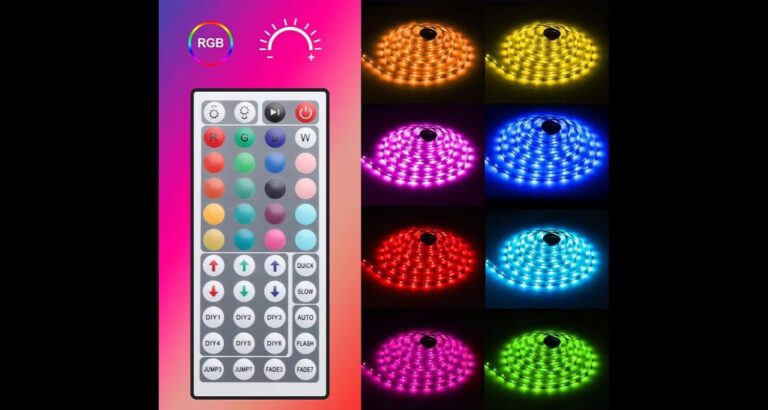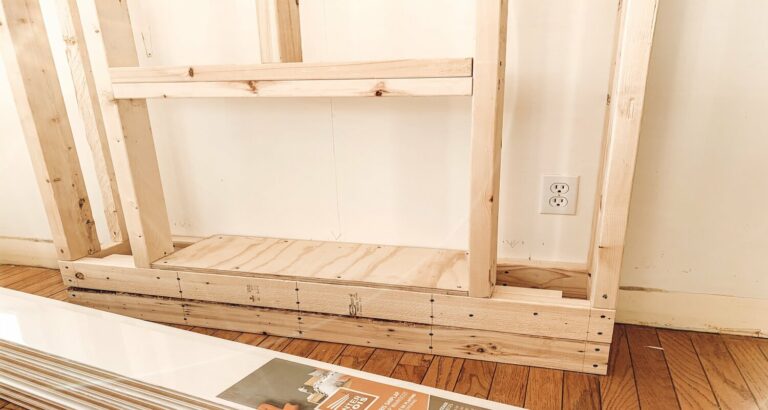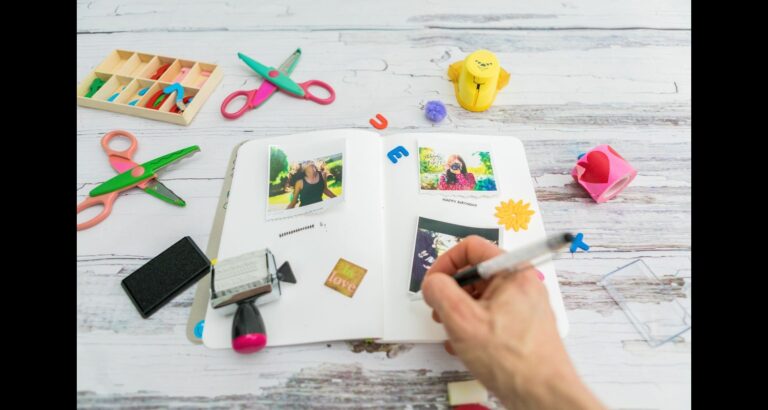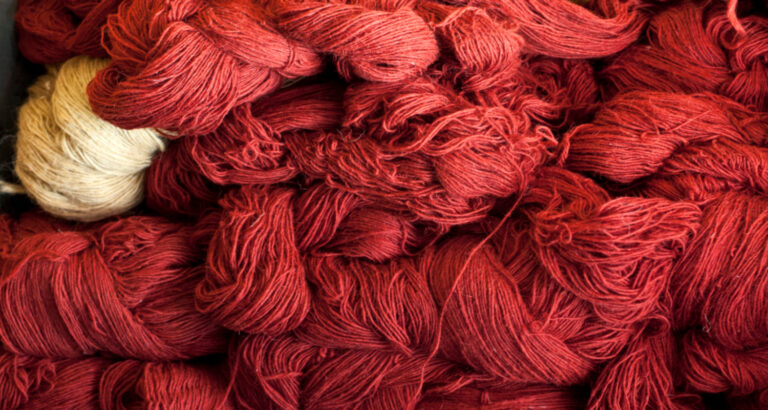Have you ever wondered how to unlock your child’s creative potential easily and affordably? hand tracing art ideas art is the answer. It’s not just fun; it’s a powerful tool for development. This article dives into the wonders of hand tracing art ideas, revealing its benefits for children’s fine motor skills, creativity, and mindfulness. We’ll explore everything from the basics of hand tracing to advanced craft ideas. Get ready to transform simple hand outlines into masterpieces!
Understanding and Exploring Hand Tracing Art
Explore the world of creativity with hand tracing art ideas! 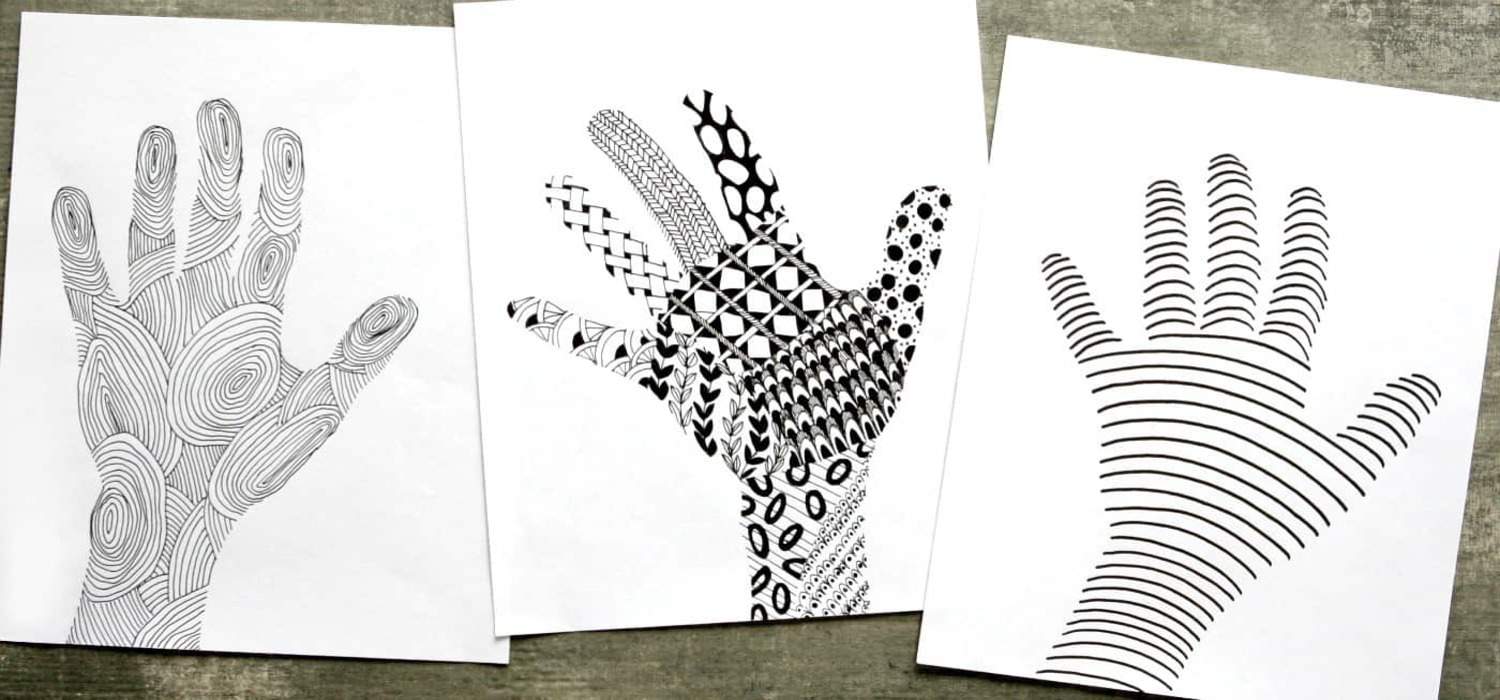 Transform your child’s hand outline into vibrant animal shapes, delicate flowers, or even unique jewelry like bracelets and necklaces.
Transform your child’s hand outline into vibrant animal shapes, delicate flowers, or even unique jewelry like bracelets and necklaces.
The Benefits of Hand Tracing Art Ideas for Children
Hand tracing art offers a multitude of benefits for children, making it a valuable activity for their development and creativity. Here are some key advantages:
Fine Motor Skills and Pre-Writing Mastery
Hand tracing isn’t just an art; it’s a developmental tool. When kids trace their hands, they refine their fine motor skills. This prepares them for writing, making hand tracing a fun pre-writing exercise.
Boosting Focus and Spatial Skills
Did you know hand tracing enhances concentration? It’s true! Kids learn to focus as they follow lines. Plus, their visual-spatial abilities skyrocket, helping in many areas of learning.
Unleashing Creativity
Each traced hand is a blank canvas. Children unleash their creativity, transforming hand outlines into anything they imagine. This fosters drawing skills too!
Mindfulness for Little Minds
Hand tracing is calming. It’s a simple mindfulness exercise, helping children to relax and be present in the moment. This art form blends creativity with peace, a rare and valuable combination.
Hand Tracing vs Hand Printing
Let’s talk about the difference between hand tracing and hand printing.
Understanding the Differences
Hand tracing and hand printing may sound similar, but they’re quite different. It involves drawing around the hand, creating an outline.Hand printing, on the other hand, involves pressing a painted hand onto a surface, leaving a print.
Exploring Hand Printing Techniques
Hand printing is more than just a paint stamp. It’s a world of textures, patterns, and colors. Kids can experiment with various paints and surfaces, making each handprint unique and expressive. This technique is great for tactile exploration and sensory development.
Step-by-Step Guide to Hand Tracing
- Preparation is Key: First, gather your materials. You’ll need paper, pencils or markers, and an imagination ready to soar!
- Positioning the Hand: Have your child place their hand flat on the paper. Spread the fingers slightly for a clear outline.
- Tracing the Outline: Using a pencil, carefully trace around the hand. Encourage kids to stay close to the skin for an accurate shape.
- Adding Details and Colors: Once the outline is complete, it’s time to get creative! Turn these outlines into colorful masterpieces.
- Tips for Parents: Parents, your role is crucial. Guide younger children as they trace. Offer encouragement and ideas, but let their creativity lead the way. Remember, it’s about the process, not perfection!
- Finishing Touches: After decorating, add a date or name. It’s a wonderful way to track growth and progress over time.
Creative Hand Tracing Ideas
- Animal Adventures: Transform hand outlines into a zoo of animals. Think lions, butterflies, or even mythical creatures!
- Floral Fantasies: Turn fingers into petals and palms into leaves. Each hand can bloom into a unique flower.
- Seasonal Scenes: Create a hand-traced calendar. Use seasonal themes like suns for summer or snowflakes for winter.
- Storytelling with Hands: Each traced hand can tell a story. Maybe it’s a character in a tale or a scene from a favorite book.
- Handprint Keepsakes: Make lasting memories with handprint keychains, necklaces, or bracelets. It’s art you can carry with you!
- Educational Fun: Use hand tracing art ideas for learning. Think counting fingers or identifying parts of the hand.
- Collaborative Murals: Combine family handprints into one large mural. It’s a beautiful showcase of unity and creativity.
- Mindfulness Patterns: Encourage relaxation with intricate designs or mandalas within hand outlines. It’s a calming, meditative activity.
Remember, these ideas are just starting points. The real magic happens when children add their personal touch!
Advanced Techniques and Craft Ideas
Here in this part of the article we will delve into the advanced techniques of creativity.
Innovative Hand-Tracing Drawing Techniques
In this section, you will find many innovative hand-tracing drawing techniques.
Fingerprint Lines Technique
Move over, pencils and brushes! Enter the unique world of fingerprint lines in hand tracing art ideas. It’s simple: dip fingers in paint and trace around the hand. This technique brings a personal and tactile aspect to art, perfect for engaging young minds and even adults. The key is to use vibrant colors and encourage a mix-and-match approach. Each fingerprint adds a distinctive texture, making every artwork one of a kind.
Zentangle Hand Drawing
Zentangle transforms hand tracing art ideas into a zen-like experience. Inside the hand outline, draw small, detailed patterns. This isn’t just about creating beautiful designs; it’s a form of artistic meditation. The repetitive nature of Zentangle patterns improves focus and relaxes the mind. Fine liners or gel pens are ideal for this technique. The more varied the patterns, the more intricate the final artwork.
Cross Contour Lines Hands
This technique is a game-changer in understanding form and depth. Instead of tracing the hand’s outline, draw lines across it as if it’s wrapped in string. This creates an illusion of three-dimensionality, teaching artists about contours and perspective. It’s an excellent way for older kids and adults to advance their drawing skills. Play with light and shadow for added effect.
Tips for Enhancing These Techniques
- Experiment with different mediums. Why not try charcoal, pastels, or even digital tools?
- Combine techniques. Mix fingerprint lines with Zentangle for a unique piece.
- Don’t shy away from color. Vibrant hues can turn a simple hand tracing into a striking work of art.
- Encourage creativity. There’s no right or wrong in art, so let imaginations run wild!
Hand-Tracing Resist Art
Hand-tracing resist art is a fascinating technique that combines simplicity and creativity, producing stunning visual effects. This method involves creating a barrier that ‘resists’ the paint, leaving the hand outline unpainted amidst a colorful background.
- Exploring the Basics: The beauty of resist art lies in its straightforward process. Begin by positioning the hand on a sturdy canvas or paper. Trace the hand using materials like masking tape or a wax crayon. These materials act as a ‘resist’ against paint or ink applied later.
- The Art of Resistance: After tracing, it’s time to paint. Apply watercolor, acrylic, or spray paint over and around the hand. The key here is contrast – the brighter the paint, the more striking the effect. As the paint dries, the area covered by the resist material remains untouched, creating a clear handprint amidst a burst of color.
- Customizing Your Art: Resist art is highly customizable. Experiment with different background colors and textures. Adding elements like glitter, sand, or even small collage pieces can elevate the artwork. For a more dramatic effect, use multiple layers of paint, allowing each layer to dry before applying the next.
- A Versatile Technique for All Ages: This art form is versatile, suitable for young children, who will marvel at the ‘magic’ reveal, and for adults, who can appreciate and experiment with more complex designs and layers. It’s a perfect blend of simplicity and potential for sophistication, making hand-tracing resist art a beloved activity for all skill levels.
Art Projects and Activities for Various Age Groups
Let’s delve into the art projects and activities suggested by us for various age groups.
For Preschoolers: Fun and Simple
Preschoolers love exploring and learning through art. Hand tracing projects for them should be simple yet engaging.
- Basic Hand Tracing: Using crayons or washable markers, kids can trace their hands and then color them in. This basic activity is great for motor skills.
- Animal Handprints: Dip their hands in paint and create animals. Turn fingers into legs, tails, or trunks!
- Texture Exploration: After tracing their hand, let them glue materials like cotton, fabric, or rice inside the outline for a sensory experience.
For Tweens: Creative and Educational
Tweens are ready for more challenging projects that stimulate their creativity and learning.
- Detailed Zentangle Hand Art: Perfect for improving focus and creativity, tweens can fill their hand outlines with intricate Zentangle patterns.
- Handprint Storyboards: Encourage them to create a series of handprint art that tells a story or represents different emotions.
- Science Meets Art: Combine hand tracing art ideas with science lessons. For instance, tracing hands on a solar system chart and decorating each finger as a planet.
For Adults: Sophisticated and Therapeutic
Adults can find hand tracing not just creative but also therapeutic.
- Advanced Resist Art: Experiment with more complex resist techniques, using layers of paint and different mediums.
- Hand Embroidery: Trace hands onto fabric and then embroider designs within the outline for a personalized craft.
- Mindful Hand Painting: Focus on the process of painting detailed designs within hand outlines for a relaxing and meditative experience.
Integrating Hand Tracing in Other Crafts
Hand tracing can be woven into various crafts across all age groups.
- Crochet and Knitting: Trace hands and use the outlines as patterns for mittens or gloves.
- Sewing and Embroidery: Create handprint appliques for bags or clothes.
- Mixed Media Art: Combine hand tracing with other art forms like collage, photography, or digital art for unique mixed media pieces.
Each project can be tailored to skill levels and interests, making hand tracing a versatile and enjoyable activity for everyone.
Conclusion
Hand tracing art, a simple yet profound activity, transcends age and skill levels, offering a unique blend of creativity, learning, and fun. From the tactile joy it brings to preschoolers to the intricate designs that engage adults, hand tracing art ideas is more than just an art form; it’s a tool for growth, expression, and mindfulness. Whether it’s transforming a handprint into a vibrant animal, weaving patterns in Zentangle, or exploring resist art techniques, the possibilities are endless and endlessly rewarding. This art not only enhances fine motor skills and cognitive abilities but also serves as a bridge, connecting us to our creative selves and to each other. So, grab some colors, spread out your paper, and let your hands tell their story. In the world of hand tracing art, every handprint is a masterpiece waiting to be revealed.
Frequently Asked Questions
What is Hand Tracing Art?
Hand tracing is a form of visual art where you create drawings by tracing the shape of your hand. This technique often results in unique art pieces depicting various subjects like animals or flowers .
Is Hand Tracing Beneficial for Children?
Yes, hand tracing is highly beneficial for children, especially toddlers and young kids. It aids in developing fine motor skills, pre-writing skills, concentration and focus, visual-spatial skills, creativity, and drawing skills. It can also be an engaging way to practice mindfulness .
How is Hand Tracing Done?
To create hand tracing art, simply place your hand on a sheet of paper and trace its contour with a pen or crayon. You can then add more details and start coloring the entire drawing. This method is particularly fun and can be a stress-relieving activity for children .
What are Some Hand Tracing Art Ideas for 2023?
For fresh and creative hand tracing ideas, think about tracing and transforming handprints into adorable animals, girls with flowing hair, smiling geese, or even cartoon houses. These imaginative concepts can spark creativity and provide a fun art experience .

I am Sammy and I blog at Live it. Love it. Make it. It is creative lifestyle blog run by best friends H and Sammy. Head over and follow our crafty adventures!


